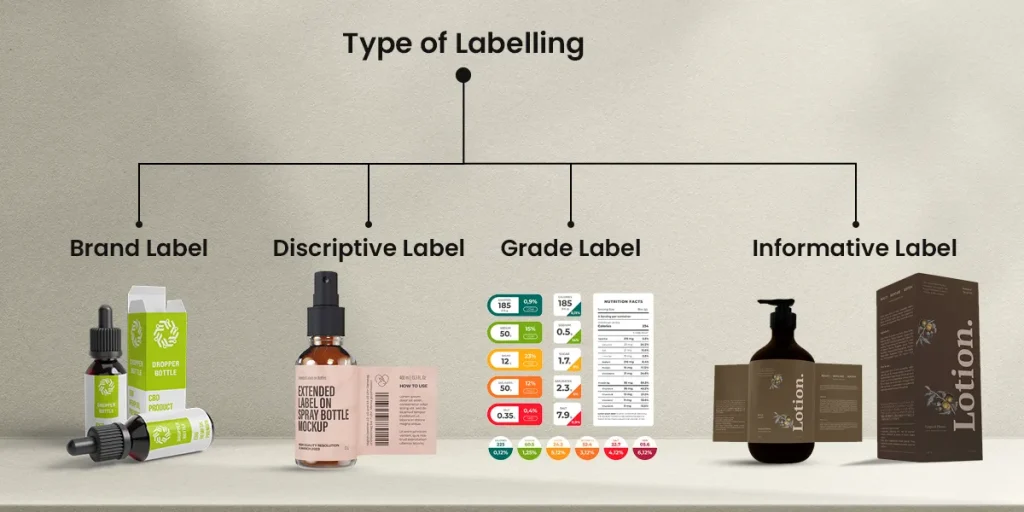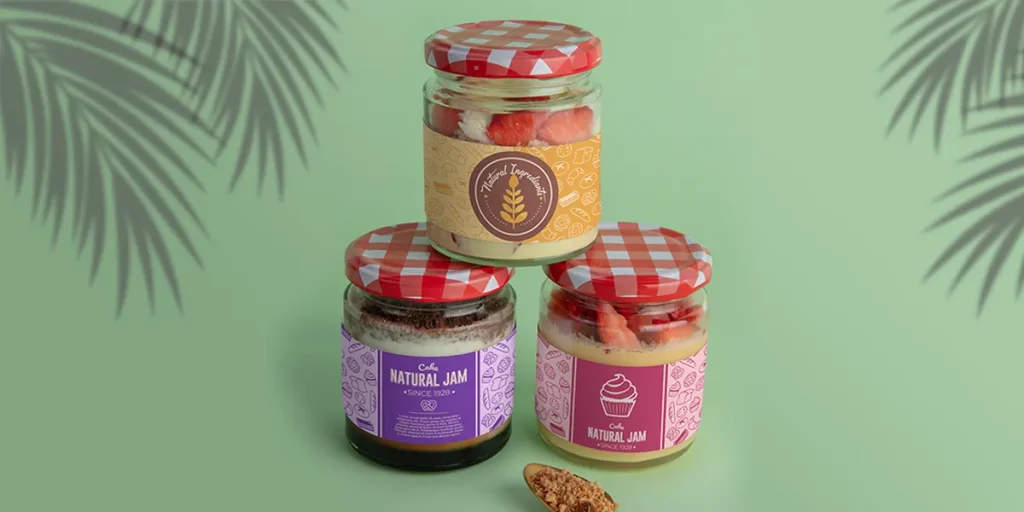The packaging and labeling leave a positive impression on customers who browse a product listing in an online store or in a grocery store. A product presentation matters a lot when you want to attract customers and boost sales. Different studies, including the Paper and Packaging Board, show that 72% of customers consider packaging design to influence their buying decisions.
Discover how product packaging and labeling drive your marketing success. Learn why they matter and get actionable tips to create standout designs that captivate customers and boost your brand.
Packaging is a combination of processes and materials used to manufacture containers for packing and presenting products.
What are the purposes of packaging? The primary purpose of packaging is to protect products from spoilage, contamination, or damage, maintaining safety and quality. It is also used as a marketing tool to communicate product information and engage customers. The functionality of packaging extends to the efficient management of logistics. Therefore, packaging has become important to handle and ship different products.
The materials for product packaging include cardboard, cellophane, cloth, glass, metal, paper, polythene, styrofoam, and wood. The choice of material also impacts the cost of sending packaging.
Packaging is available in three types, which are mentioned below:
If you’d like to explore these types in greater detail, check out our blog on types of packaging.
Packaging, including the different types of boxes, offers the following benefits:
Package labeling indicates the process of adding an informative or identification tag over packages or products.
The purpose of labeling products is to convey important details to customers, like product names, safety warnings, ingredients, usage instructions, and expiration dates. Moreover, the labeling of product labels makes it easy to identify the regulatory certifications, origin, and identification of a brand.
The label design packaging displays information like product name, barcode, price, brand name and logo, ingredients list, quantity, quality grade, inventory codes, features, mandated details, usage instructions, disposal and storage recommendations, expiration date, and safety information.
The label features important information for customers, retailers, and suppliers. These labels have become essential, helping you to follow regulations about materials being sold at specific quality standards and product organization. A label is commonly applied on the front side of a product packaging using a sticker. Different label types convey the required information.

Packaging and labeling are unique entities combined to sell products and convey their essential information. The fundamental purpose of branded packaging for businesses is to ensure protection during storage and transportation. On the other hand, labeling conveys the required details about the products through the printed artwork, logo, and text.
You can easily confuse a label & packaging because both are important for every business. The key differences between labeling and packaging are mentioned below:
The packaging meaning is to make a product more visually appealing to potential customers using attractive images and color schemes while ensuring ideal protection. The labeling’s meaning is to inform and educate customers about the packed products.
The common objective of packaging and labeling is to sell a product. You can label the product to convey a product description as selling features and convince customers to make purchasing decisions.
The design of the label must be simple to display text to convey the product details while conveying a marketing message. Therefore, an easy-to-ready label can boost your brand sales.
The design of packaging can be complex in enhancing the product presentation. You can learn how to design packaging and use it as a marketing tool to enhance the brand image.
The function of labeling is to convey crucial information, such as product ingredients and features, to customers. On the other hand, the primary function of brand identity packaging is to safeguard products and make them visually appealing to customers.
Labeling is essential to meet government standards. It is important to label food packaging accurately because it is linked directly to consumers’ health.
Product packaging must align with legal requirements, especially compostable food items. It is important to prefer sustainable material for packaging.
Product labeling is essential to communicate the essential information. You need to consider the following technical information for labeling:

You need to use colors to make your products stand out on store shelves. It is required to use a palette of a minimum of three colors for packaging and labeling to ensure branding while using PMS or CMYK colors for printing.
It is important to ensure an easy-to-follow and legible label either right or left side of a product to avoid legal issues and clashing with the brand logo.
You must centralize your logo on the label while representing the brand aesthetics and colors while considering a vector file for printing purposes.
An ideal combination of packaging and labeling conveys essential information while promoting products. Let’s collaborate with The Box Zilla to craft unique and appealing labeling and packaging for your brand.

Hello, I'm Marilyn Cox, a seasoned packaging consultant and designer. With a professional journey spanning over four years, I've evolved from a budding designer to a recognized expert in the field. Currently holding the position of Packaging Consultant, I've honed my skills in creating not just visually stunning packaging but also solutions that align with strategic business goals.